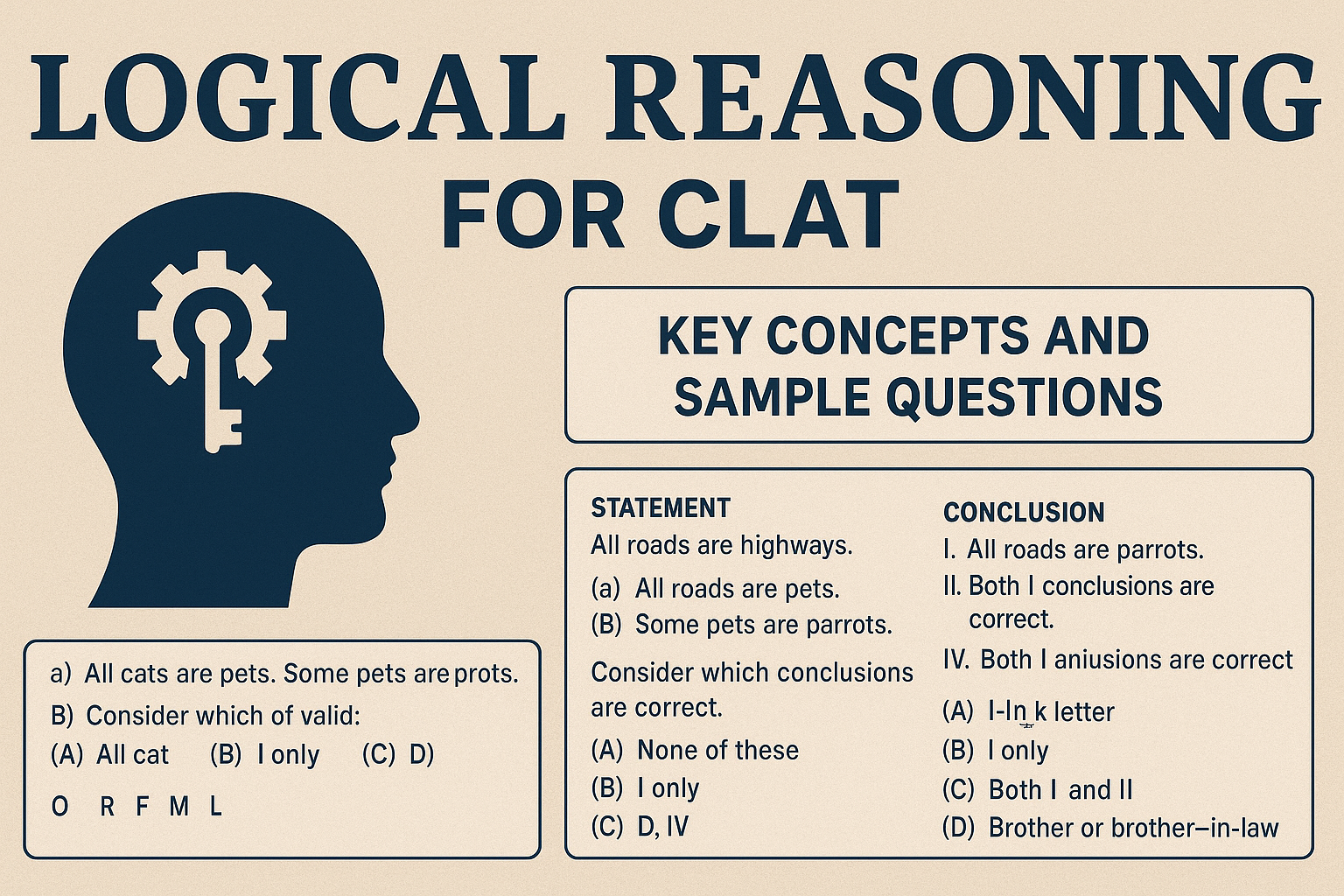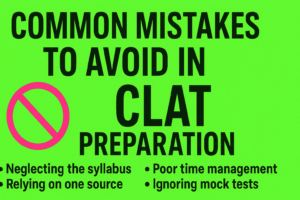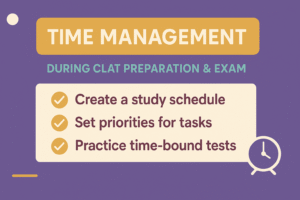Introduction
Logical Reasoning is a pivotal section in the Common Law Admission Test (CLAT), testing a candidate’s ability to analyze arguments, identify patterns, and make rational conclusions. With around 28–32 questions in this section, it plays a significant role in determining your overall score. Whether you’re a beginner or revising for the nth time, understanding the fundamentals of logical reasoning is essential.
In this article, we’ll explore key concepts, strategies, and sample questions to help you excel in CLAT Logical Reasoning.
What is Logical Reasoning in CLAT?
Logical Reasoning in CLAT tests your:
Comprehension of short passages (300–350 words)
Ability to recognize arguments and their conclusions
Critical analysis of reasoning patterns
Understanding of analogies, assumptions, inferences, and flaws in reasoning
Unlike traditional reasoning sections in other exams, CLAT Logical Reasoning is passage-based, emphasizing reading comprehension and argumentation over puzzle-solving.
Key Concepts in CLAT Logical Reasoning
Here are the most important concepts to focus on:
1. Arguments and Conclusions
Arguments consist of premises leading to a conclusion.
Learn to differentiate between the supporting evidence and the conclusion.
Tip: Ask yourself, “What is the author trying to prove?”
2. Assumptions
An assumption is something unstated but necessary for the argument to hold.
Identify hidden premises.
Example:
Premise: “All humans need oxygen. Raj is a human.”
Conclusion: “Raj needs oxygen.”
Assumption: Raj is not an exception.
3. Inference and Implication
An inference is a logical deduction based on the given facts.
Practice identifying what must be true if the statements are true.
4. Strengthening and Weakening Arguments
Strengthen: Add information that makes the conclusion more likely.
Weaken: Add a detail that casts doubt on the conclusion.
5. Cause and Effect
Distinguish between correlation and causation.
Be wary of conclusions that assume a cause-effect relationship without evidence.
6. Flaws in Reasoning
Spot logical fallacies, such as:
Circular reasoning
False dichotomy
Hasty generalization
Strategy for CLAT Logical Reasoning Preparation
Read Editorials and Opinion Pieces
Regular reading of The Hindu, Indian Express, and LiveLaw will improve comprehension and analytical ability.
Practice Passage-Based Questions
Focus on solving passages with arguments, not standalone puzzles.
Build Vocabulary and Reasoning Simultaneously
Many arguments contain legal or abstract vocabulary; knowing the meanings helps grasp arguments faster.
Time Management
Practice solving one passage in 6–8 minutes including all 5–6 questions.
Sample Questions for CLAT Logical Reasoning
Passage:
“The government’s decision to ban plastic bags is based on the assumption that plastic is the primary pollutant in urban areas. However, recent studies show that untreated sewage and industrial waste contribute more significantly to water pollution than plastic bags.”
Q1. What is the assumption behind the government’s decision?
A. People will stop using plastic.
B. Plastic bags are the main cause of pollution.
C. The ban will affect industry.
D. Sewage is not a problem.
Answer: B
Q2. Which of the following, if true, would strengthen the government’s decision?
A. Sewage is easier to manage than plastic.
B. People often reuse plastic bags.
C. Plastic bags choke drainage systems during monsoons.
D. Industrial waste is more toxic.
Answer: C
Q3. Which of the following, if true, weakens the government’s argument?
A. The government also bans single-use paper products.
B. Studies show plastic makes up only 10% of urban waste.
C. The plastic industry is protesting the move.
D. Some cities still allow plastic bags.
Answer: B
How to Improve Logical Reasoning for CLAT
Practice at least 3–4 passages daily.
Take mock tests and analyze your mistakes.
Review questions you got wrong and understand why.
Use apps and tools like CLATapult, LegalEdge, or LawPrep for topic-wise practice.
Join online communities (e.g., Telegram or Reddit CLAT groups) for peer learning.
Best Resources for Logical Reasoning
Books:
Universal’s Logical Reasoning for CLAT
Verbal Reasoning by R.S. Aggarwal
Pearson CLAT Logical Reasoning Guide
Online Platforms:
LawPrep Tutorial
LegalEdge
PracticeMock CLAT
FAQs on CLAT Logical Reasoning
Q1. How many questions are there in the CLAT Logical Reasoning section?
There are usually 28–32 questions, spread over 5–6 passages.
Q2. Is Logical Reasoning tough in CLAT?
It’s not tough, but requires consistent reading and practice. The focus is on comprehension-based reasoning, not puzzles.
Q3. How should I start preparing for Logical Reasoning in CLAT?
Start with understanding arguments, then gradually move to inference, assumptions, and flaw-based questions. Practice from past year papers.
Q4. Can I prepare for Logical Reasoning without coaching?
Yes. With the right books, practice material, and self-discipline, you can prepare effectively without coaching.
Q5. How much time should I devote to Logical Reasoning daily?
Around 1–1.5 hours per day is sufficient if you’re consistent and focused.
Conclusion
Mastering Logical Reasoning for CLAT is not just about solving questions — it’s about developing a rational mindset and a sharp analytical lens. With regular practice, smart strategies, and a deep understanding of key concepts, you can easily ace this section and boost your overall CLAT score.







